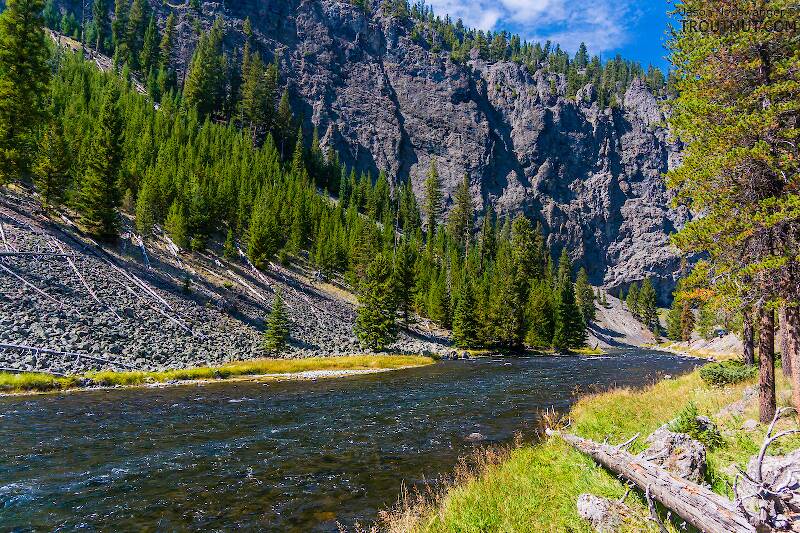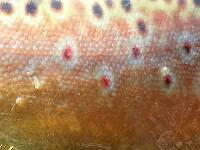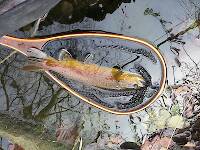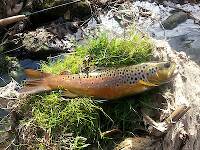
Blue-winged Olives
Baetis
Tiny Baetis mayflies are perhaps the most commonly encountered and imitated by anglers on all American trout streams due to their great abundance, widespread distribution, and trout-friendly emergence habits.
Featured on the forum

Troutnut is a project started in 2003 by salmonid ecologist Jason "Troutnut" Neuswanger to help anglers and
fly tyers unabashedly embrace the entomological side of the sport. Learn more about Troutnut or
support the project for an enhanced experience here.
Jlh42581 on Jan 17, 2007January 17th, 2007, 9:56 am EST
I recommend these videos to everyone, regardless of expiernece you can and will learn somthing from these videos. Mostly all filmed underwater, you cannot ask for a better learning experience. I dont know this guy but his videos are EXCELLENT. If you never buy another fishing video again. Buy these, check out the clips on the site. If you have problems viewing them try letting the page load, then file->save as to your desktop and open it.
Click Here-Underwater Oz
For example: did you know.... only 12% of a trouts diet is taken from the bottom of the stream? or how about a Cream Colored nymph can be twice as effective. These videos will have you tying sticks and leaves at your bench once you see how often a trout takes them.
Click Here-Underwater Oz
For example: did you know.... only 12% of a trouts diet is taken from the bottom of the stream? or how about a Cream Colored nymph can be twice as effective. These videos will have you tying sticks and leaves at your bench once you see how often a trout takes them.
Jeremy
Brett on Jan 17, 2007January 17th, 2007, 12:20 pm EST
It is intriguing that trout take in so much non-food. During my research on the Cumberland River we did a modest food habits study of trout. I was surprised how often I found globs of aquatic moss, rocks, pieces of wood and other things that bore no resemblance to food. More than 30% of fish had such stuff in their bellies. I've watched as trout will nose up into moss beds and shake the vegetation and seemingly ingest stuff. Are they going for a specific critter? Is it their instincts telling them this is where food should be? Are they just trying to "fill the void" when they are hungry and nothing is hatching? I've also heard regularly that trout often take drifting clumps of moss and leaves. I can see how this happens.
On our tailwater streams, the onset of generation stirs up bugs and lifts them into the water column. There is lots of food in the drift as the water rises. Thus many tailwater guys like to "fish the rising water" due to its tendency to turn the fishing on. During such times you'll see trout suddenly flash by at drifting detritus. Some of the folks on Atlanta's Chattahoochee River have an olive marabou "moss" fly for such situations.
On our tailwater streams, the onset of generation stirs up bugs and lifts them into the water column. There is lots of food in the drift as the water rises. Thus many tailwater guys like to "fish the rising water" due to its tendency to turn the fishing on. During such times you'll see trout suddenly flash by at drifting detritus. Some of the folks on Atlanta's Chattahoochee River have an olive marabou "moss" fly for such situations.
Brett
Novice entomologist, fly-tyer and photographer
Novice entomologist, fly-tyer and photographer
Quick Reply
Related Discussions
Topic
Replies
Last Reply
0
Jan 21, 2017
by Mcflyangler
by Mcflyangler





